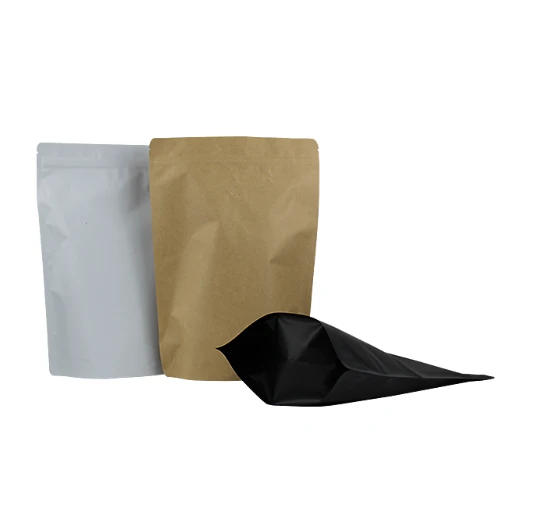- Afrikaans
- Albanian
- Amharic
- Arabic
- Armenian
- Azerbaijani
- Basque
- Belarusian
- Bengali
- Bosnian
- Bulgarian
- Catalan
- Cebuano
- chinese_simplified
- chinese_traditional
- Corsican
- Croatian
- Czech
- Danish
- Dutch
- English
- Esperanto
- Estonian
- Finnish
- French
- Frisian
- Galician
- Georgian
- German
- Greek
- Gujarati
- haitian_creole
- hausa
- hawaiian
- Hebrew
- Hindi
- Miao
- Hungarian
- Icelandic
- igbo
- Indonesian
- irish
- Italian
- Japanese
- Javanese
- Kannada
- kazakh
- Khmer
- Rwandese
- Korean
- Kurdish
- Kyrgyz
- Lao
- Latin
- Latvian
- Lithuanian
- Luxembourgish
- Macedonian
- Malgashi
- Malay
- Malayalam
- Maltese
- Maori
- Marathi
- Mongolian
- Myanmar
- Nepali
- Norwegian
- Norwegian
- Occitan
- Pashto
- Persian
- Polish
- Portuguese
- Punjabi
- Romanian
- Russian
- Samoan
- scottish-gaelic
- Serbian
- Sesotho
- Shona
- Sindhi
- Sinhala
- Slovak
- Slovenian
- Somali
- Spanish
- Sundanese
- Swahili
- Swedish
- Tagalog
- Tajik
- Tamil
- Tatar
- Telugu
- Thai
- Turkish
- Turkmen
- Ukrainian
- Urdu
- Uighur
- Uzbek
- Vietnamese
- Welsh
- Bantu
- Yiddish
- Yoruba
- Zulu
Sustainable Flexible Packaging Eco-Friendly & Compostable Solutions
- Introduction to Sustainable Flexible Packaging Solutions
- Technical Advantages Over Traditional Materials
- Market Analysis: Leading Manufacturers Compared
- Customization Strategies for Diverse Industries
- Case Study: Food Industry Implementation
- Environmental Impact Metrics and Certifications
- Future Trends in Compostable Flexible Packaging

(sustainable flexible packaging)
Sustainable Flexible Packaging: Redefining Industry Standards
The global flexible packaging market is projected to reach $358 billion by 2028, with sustainable variants growing 11.2% annually (Grand View Research, 2023). This shift responds to urgent environmental needs - conventional plastic packaging accounts for 46% of ocean plastic waste (UNEP, 2023). Modern sustainable flexible packaging
solutions combine barrier properties comparable to aluminum foil (0.001-0.003 g/m²/day oxygen transmission rate) with compostability certifications like ASTM D6400.
Technical Superiority in Material Science
Advanced materials demonstrate remarkable performance:
| Property | PLA Blend | PBAT Composite | Traditional LDPE |
|---|---|---|---|
| Tensile Strength (MPa) | 48-53 | 32-38 | 10-20 |
| Degradation Period | 90-120 days | 180-240 days | 450+ years |
| CO2 Emissions (kg/kg) | 1.2 | 1.8 | 3.4 |
Manufacturer Landscape and Capability Assessment
Top producers exhibit distinct specializations:
| Vendor | Material Portfolio | Minimum Order | Certifications |
|---|---|---|---|
| EcoFlex Solutions | 12-layer barrier films | 5,000m² | OK Compost INDUSTRIAL |
| GreenPack Ltd | UV-resistant laminates | 10,000 units | BPI, TUV Austria |
Customized Solutions Across Verticals
Adaptive engineering enables:
- • Pharmaceutical: 0.5μm precision coating for moisture protection
- • Fresh Produce: Microperforated films extending shelf life by 40%
- • Pet Food: High-puncture resistance (≥45N) materials
Food Sector Success Story: Snack Manufacturer Case
A European crisp producer achieved:
- • 62% reduction in packaging waste
- • 22% increase in retail shelf appeal
- • 18-month ROI through material optimization
Quantifiable Environmental Benefits
Third-party verified impacts include:
- • 83% lower fossil fuel consumption vs. conventional films
- • 79% energy reduction in production cycles
- • Full biodegradation in 12 weeks under industrial conditions
Compostable Flexible Packaging: The Road Ahead
Emerging technologies promise enhanced functionality:
- • Nanocellulose barriers achieving 0.0001g/m²/day WVTR
- • Edible coatings eliminating post-consumer waste
- • Smart packaging with pH-sensitive freshness indicators
With 73% of global consumers willing to pay premium for sustainable flexible packaging (NielsenIQ, 2023), manufacturers must prioritize R&D investments to meet both ecological and commercial demands.

(sustainable flexible packaging)
FAQS on sustainable flexible packaging
Q: What is sustainable flexible packaging?
A: Sustainable flexible packaging refers to eco-friendly materials designed to reduce environmental impact while maintaining durability and functionality. It often incorporates recyclable, biodegradable, or renewable resources. Examples include compostable films and plant-based polymers.
Q: Which flexible packaging materials are best for food products?
A: Materials like biodegradable films, recyclable polyethylene, and plant-based laminates are ideal for food packaging. They ensure product freshness while meeting sustainability goals. Certifications like FDA compliance and compostability standards are key considerations.
Q: How does compostable flexible packaging differ from recyclable options?
A: Compostable packaging breaks down into natural components under specific conditions, leaving no toxic residue. Recyclable packaging is reprocessed into new materials. Compostables require industrial facilities, whereas recyclables depend on waste management systems.
Q: What are the environmental benefits of sustainable flexible packaging?
A: It reduces landfill waste, lowers carbon footprint through renewable materials, and minimizes resource consumption. Innovations like lightweight designs also cut transportation emissions. Compostable options further support circular economy principles.
Q: Can compostable flexible packaging handle moisture and heat in food storage?
A: Advanced compostable materials, such as PLA blends or PBAT films, resist moisture and moderate heat. They maintain integrity during storage but require industrial composting for breakdown. Always verify performance specifications for specific food applications.













